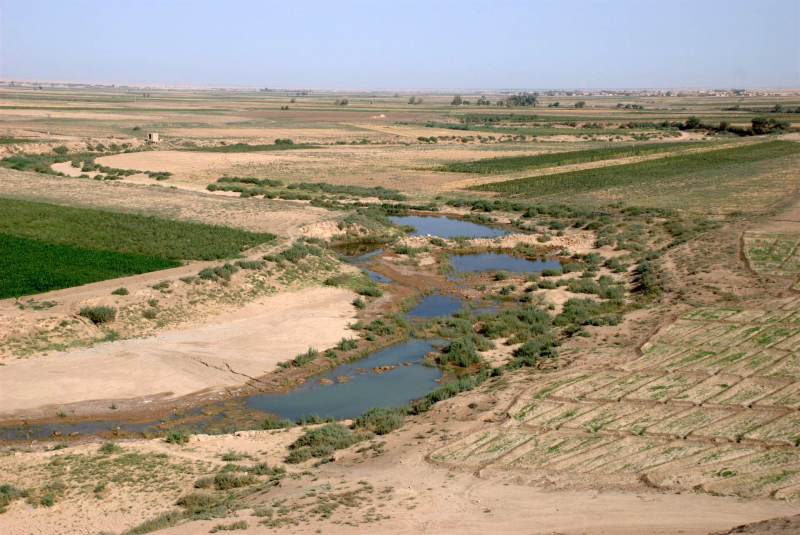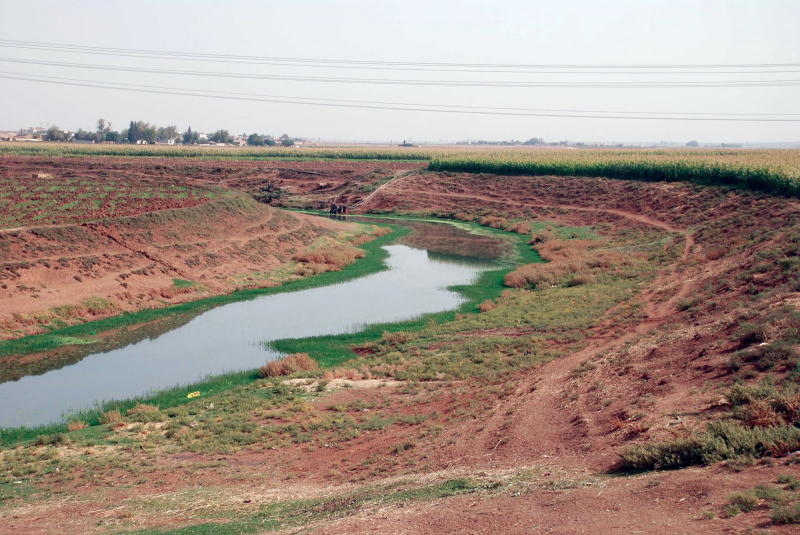Khabur

The Khabur River is Syria's greatest perennial tributary to the Euphrates. Although the Khabur starts in Turkey, the river's major source of water is the karstic springs surrounding Ras al-Ayn. Several significant wadis join the Khabur north of Al-Hasakah, forming the Khabur Triangle, or Upper Khabur region. Annual rainfall in the Khabur basin varies from around 400 mm to less than 200 mm from north to south, making the river a crucial water source for agriculture throughout history. Near the village of Busayrah, the Khabur enters the Euphrates.
Ptolemy and Pliny the Elder referred to the river as the Chaboras (Ancient Greek: Χαβώρας), Procopius referred to it as the Chabura, Strabo, Zosimus, and Ammianus Marcellinus referred to it as the Aborrhas (Ἀβόρρας), and Isidore of Charax referred to it as the Aburas (Ἀβούρας). It was described as a big Mesopotamian river that began at Mons Masius, some 40 miles (64 kilometers) from Nisibis, and flowed into the Euphrates at Circesium (Kerkesiah). Procopius mentions it as a significant river, and Ammianus claims Julian the Apostate crossed it "per navalem Aborae pontem." Strabo mentions it as being close to the town of Anthemusia.
Length: 486 km







